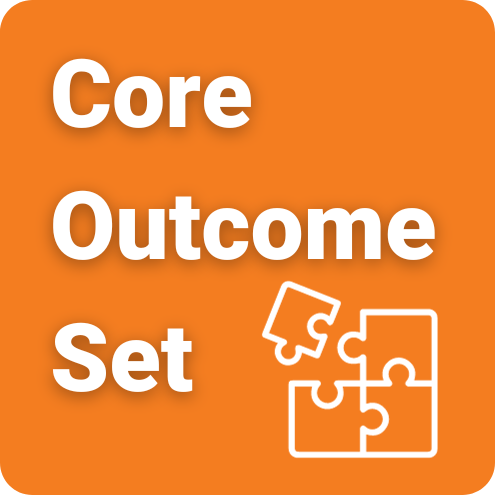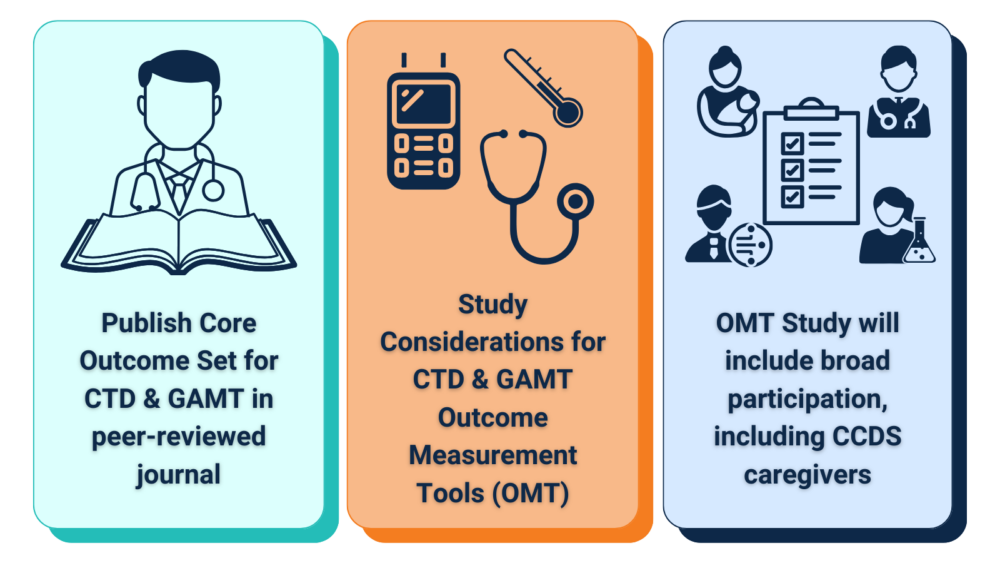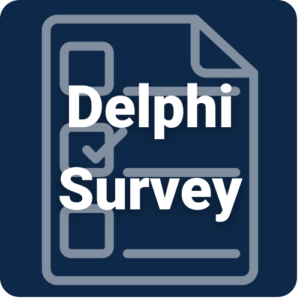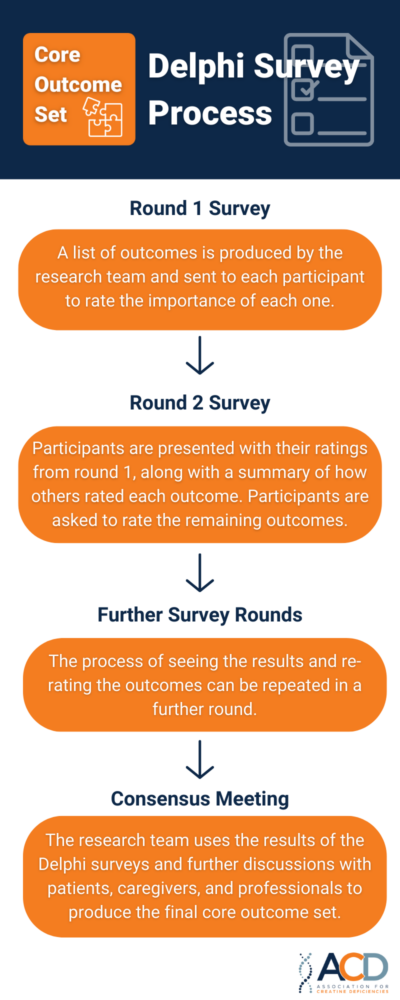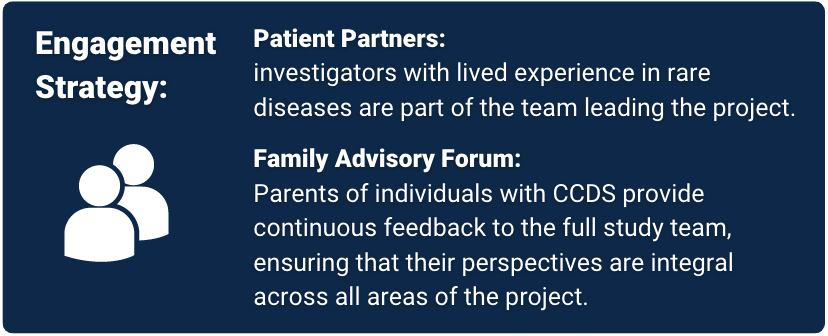Serum Plasma Creatine
Definition: amount of creatine in the serum or plasma
MRS Brain Guanidinoacetate
Definition: amount of guanidinoacetate in the brain as determined by magnetic resonance spectroscopy (MRS), a technique that shows the levels of chemical components in the brain
While Serum Plasma Creatine and MRS Brain Guanidinoacetate are not in the COS, discussions at the Consensus Workshop emphasized that measuring them in GAMT deficiency trials could provide valuable insights into the maintenance of oral supplementation results.
MRI Brain General
Definition: MRI (magnetic resonance imaging) is a technique that shows the various parts of the brain as an image; parts of the brain which may be affected in CCDS include the basal ganglia and cerebellum (which control the coordination of movement) or the white matter (which connects brain areas with nerves)
While not deemed appropriate to include in the COS, there was consensus that when an MRI is performed, often at the same time as MRSpectroscopy, it is appropriate to note any abnormalities for comparison later in the trial. Changes have been observed in GAMT patients replenished with creatine supplementation and it is unknown if similar improvements may be observed in successful trials.
